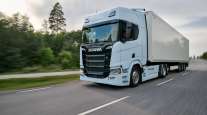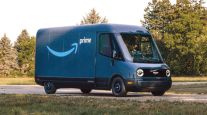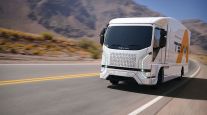Senior Reporter
Daimler Takes Steps to Separate Car, Truck Units
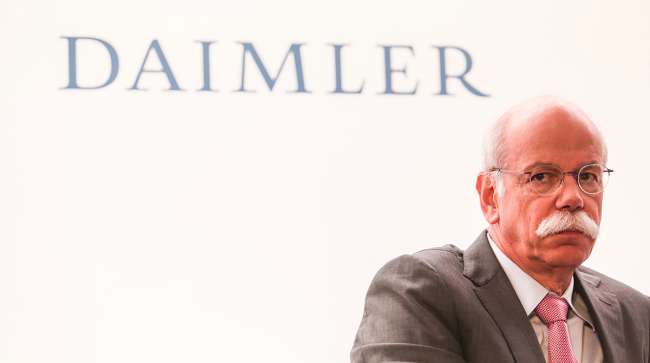
Daimler AG announced it is taking steps to separate its Daimler Trucks & Bus and Mercedes-Benz Cars & Vans divisions into two legally independent and more entrepreneurial entities still under the “roof and the lead” of Daimler.
The company’s financial services business already is legally independent, and Daimler noted the earliest its shareholders could approve the new plan is 2019.
“Daimler is today facing an exceptional challenge: On the one hand, we are more successful than ever before; on the other hand, our business is changing like never before,” Daimler AG CEO Dieter Zetsche said in a statement.
Two fast-emerging but still nascent areas in transportation that carry the promise of disruption are the electrification and autonomy of commercial vehicles and passenger cars.
As part of the planned overhaul, Daimler extended a labor pact that rules out forced layoffs until 2030 and will allocate 35 billion euros ($41.2 billion) in investments on electric cars and other new technologies over the next seven years, the group’s workers council said in a statement e-mailed to Bloomberg News. The German manufacturer is also contributing 3 billion euros to its pension plans.
Daimler’s truck division is the largest in the world, but smaller than the Mercedes-Benz division.
“Not just with trucking, everything is changing quicker. Having the ability to be able to react faster to market conditions is a plus,” John Blodgett, vice president of sales and marketing at MacKay & Co., told Transport Topics.
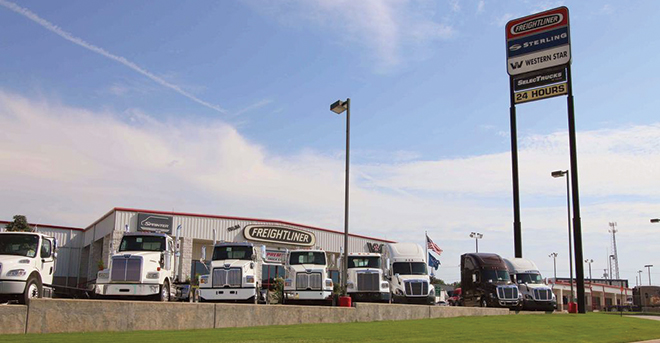
Freightliner and Western Star trucks, two Daimler brands, for sale at a Premier Truck Group dealership in Texas. (Premier Truck Group)
While autonomy is probably going to be similar across the car and commercial vehicle platforms, electrification may not be, said Steve Tam, vice president of ACT Research.
“From an electrification perspective, I think we are going to end up potentially with different solutions, especially in the heavier end of commercial vehicles,” Tam said, adding that Daimler is “at the front of the pack in electrification and autonomous trucks. So this just affords them more rapid response.”
Daimler has tested its heavy-duty eTruck in Europe, and it is slated for production in 2020.
All truck makers, including start-ups, are moving toward greater electrification.
Tesla is scheduled to debut its electric Class 8 truck on Nov. 16.
Toyota Motor North America Inc. will have its new Class 8 hydrogen fuel cell system in drayage operations at the Port of Los Angeles and Port of Long Beach, the nation’s two largest ports, starting Oct. 23.
Kenworth Truck Co., a unit of Paccar Inc., is developing a hydrogen-electric drayage truck to work the same Southern California ports.
Mack Trucks is testing a hybrid-electric Class 8 truck in drayage at the L.A.-area ports.
Nikola Motor Co. has reported its hydrogen-electric Class 8 truck will start production in 2021.
Navistar is collaborating with Volkswagen Truck & Bus on electrification.
Not just with trucking, everything is changing quicker. Having the ability to be able to react faster to market conditions is a plus.
John Blodgett of MacKay & Co.
“I think back to cellphones and tablets. The people who can produce something very quickly capture market share. I think that will be true with all of the electric and autonomous trucking, too,” said Rick Mihelic, president of Mihelic Vehicle Consulting.
“The faster you can get product into the marketplace, in the long run you are going to have a bigger market share because people are going to get vested in your version of things,” he said.
Mihelic characterized all truck makers’ current corporate structures as unwieldy and suggested Daimler’s effort might lead the others to re-evaluate their options.
The old days of kicking a potential change “up the chain” from Portland, Ore., where Daimler Trucks North America is based, to Germany, then “thinking about it, deciding and sending it back down — that all seems rather cumbersome,” he said.
Another expert was not convinced the new arrangement at Daimler makes sense if leverage was lost with suppliers that now work with both divisions.
“I think you need the passenger car volumes and the suppliers there to leverage the lower-volume stuff you need on the truck side,” said Paul Menig, CEO of the consulting company Tech-I-M.
A passenger car business might be used to 10,000 units a month of a certain component, while on “the truck side and that might be your whole year’s production,” said Menig, a former chief engineer of mechatronics at DTNA who left the company in 2011.
The overhaul, which was first proposed in July, would be Daimler’s biggest corporate revamp since it ended its ambitions of becoming global car giant with the sale of Chrysler a decade ago, according to Bloomberg News.
Meanwhile, tax implications must be sorted out, and Daimler’s board has not given final approval to the plan, according to the company, which noted Daimler has no plans to divest any of the three divisions and each would continue to be based in Germany.


